Freedom, majesty, strength, unity and resilience are just some of the words that are used to describe America’s great national bird, the bald eagle.

JFK said “The fierce beauty and proud independence of this great bird aptly symbolizes the strength and freedom of America.”
The bald eagle, on the Great Seal of the United States, was adopted in 1782 (which was after the British surrender at Yorktown, but before the Treaty of Paris in 1783.) Before that moment in history, ancient civilizations have held the eagle in high regard.
In Greek mythology, the god Zeus often appeared with an eagle named Aetos Dios (Eagle of Zeus.)

Roman legions carried the eagle as their standard. There was even a standard-bearer known as the “aquilifer” who ranked just below the centurion.

via Wikimedia Commons
There is a majestic quality of the bald eagle that soars above all other flying creatures and other eagles throughout the world. Its contrasting colors alone, with head of white and brown feathered body, provide a regal appearance.
Indigenous to only North America, Native American cultures have considered it the messenger between the spiritual and physical world.
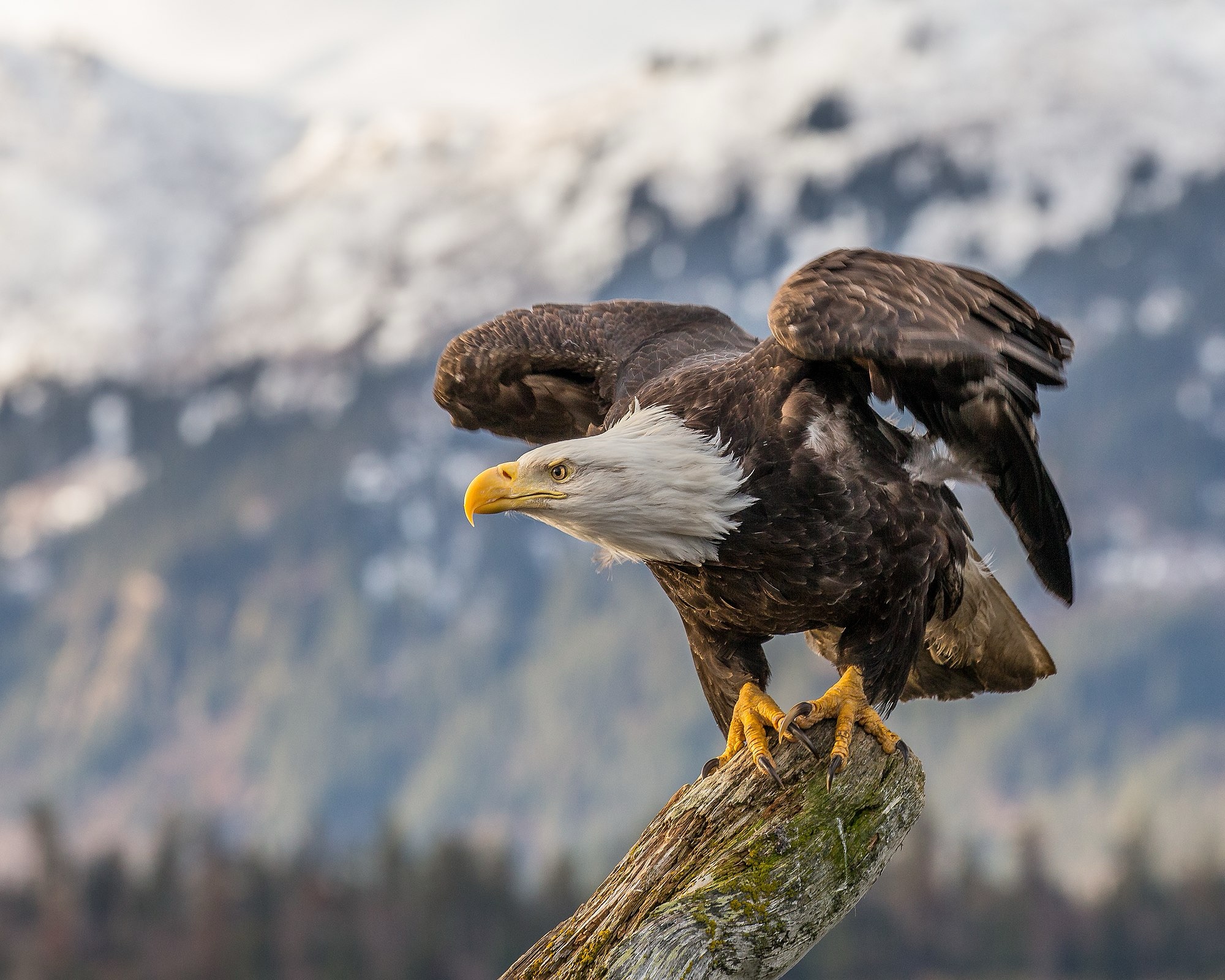
By the War of 1812, the bald eagle could be found on insignia, in art, emblems, on American currency and this treasury note from 1815, with the eagle and shield on the upper left corner.

By the 1820s, the uniform of the U.S. Army included headgear (below), buttons and badges that were adorned with the bald eagle.
The bald eagle, with its talons holding arrows and an olive branch, demonstrate that the U.S. seeks peace, but is always ready to defend herself.

During the Civil War, the 8th Wisconsin Infantry had a bald eagle mascot named “Old Abe” who served with the unit during many battles and engagements.
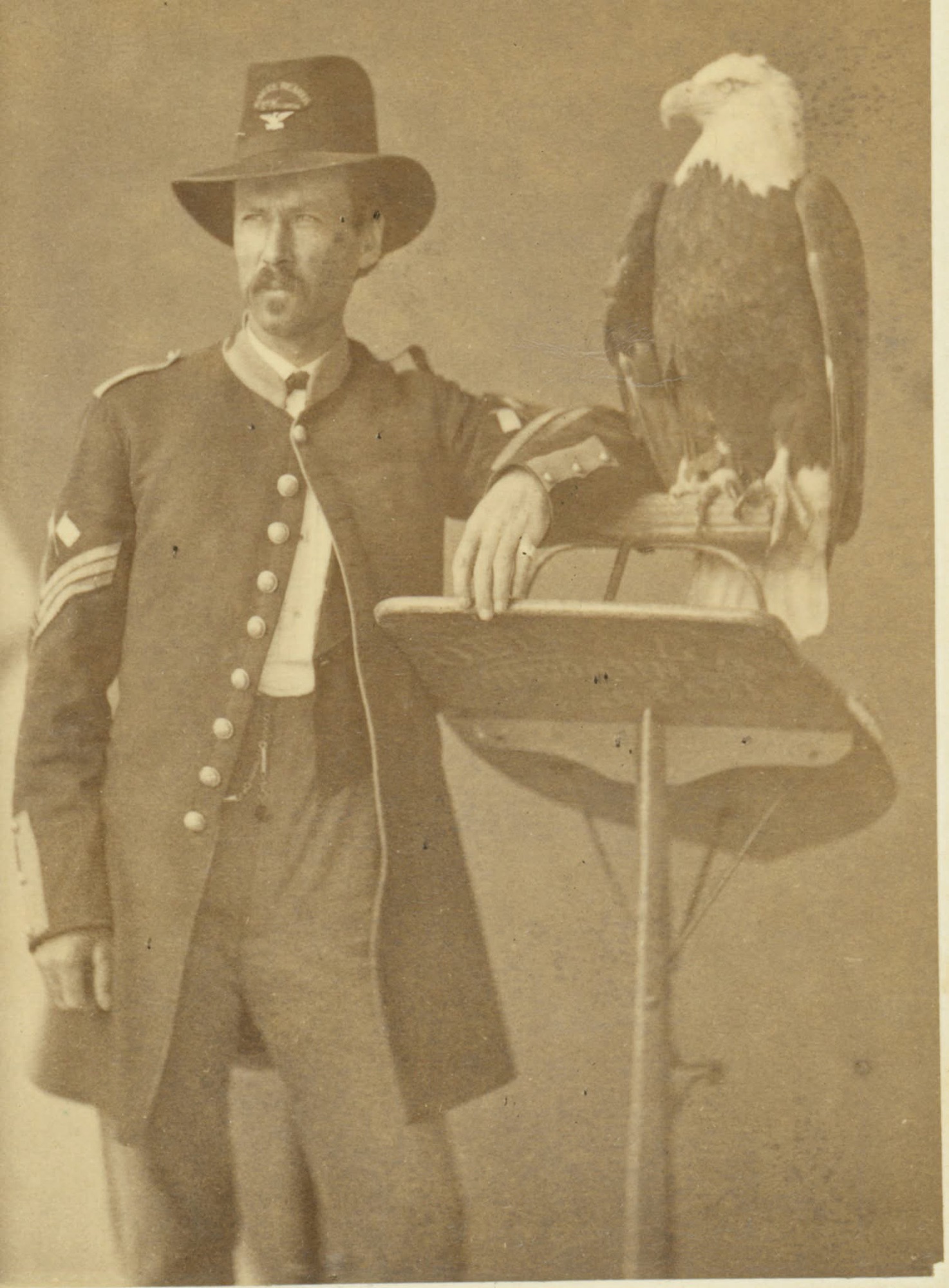
During WWI, Eagle pins were purchased by Americans fighting in Europe. Quentin Roosevelt, Theodore Roosevelt’s son, purchased the pin you see below in Paris, France before he made the ultimate sacrifice. American pilots used these pins as unofficial military insignia.

During WWII, posters like the image below featured the bald eagle to encourage Americans to purchase Victory Loans.

And when we were the first to walk on the Moon in 1969, the lunar lander that carried us during the Apollo 11 mission was appropriately called the “Eagle.”

Let the Bald Eagle inspire us as we start this brand new year.
As we are only a year away from the 250th birth year of our great nation, let patriotism for our country, be not only our New Year’s Resolution but our lifelong commitment.
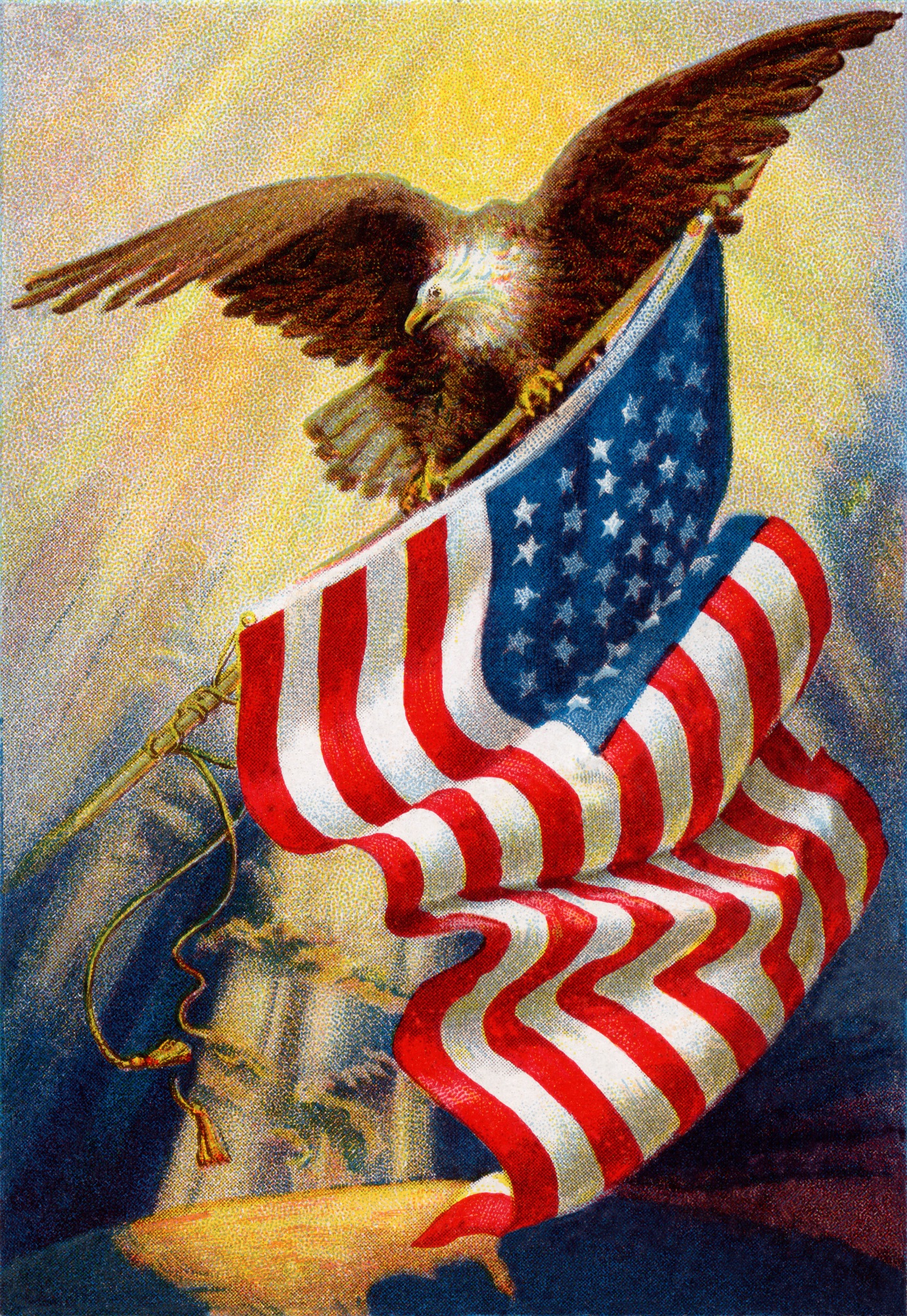

[fusion_products_slider picture_size=”fixed” cat_slug=”elegant-tea-items,elegant-reproductions,the-elegant-framed-collection” number_posts=”25″ offset=”0″ orderby=”rand” order=”DESC” out_of_stock=”exclude” carousel_layout=”title_on_rollover” autoplay=”yes” columns=”6″ column_spacing=”13″ scroll_items=”” show_nav=”yes” mouse_scroll=”no” show_cats=”yes” show_price=”yes” show_sale=”no” show_buttons=”yes” hide_on_mobile=”small-visibility,medium-visibility,large-visibility” class=”” id=””][/fusion_products_slider]

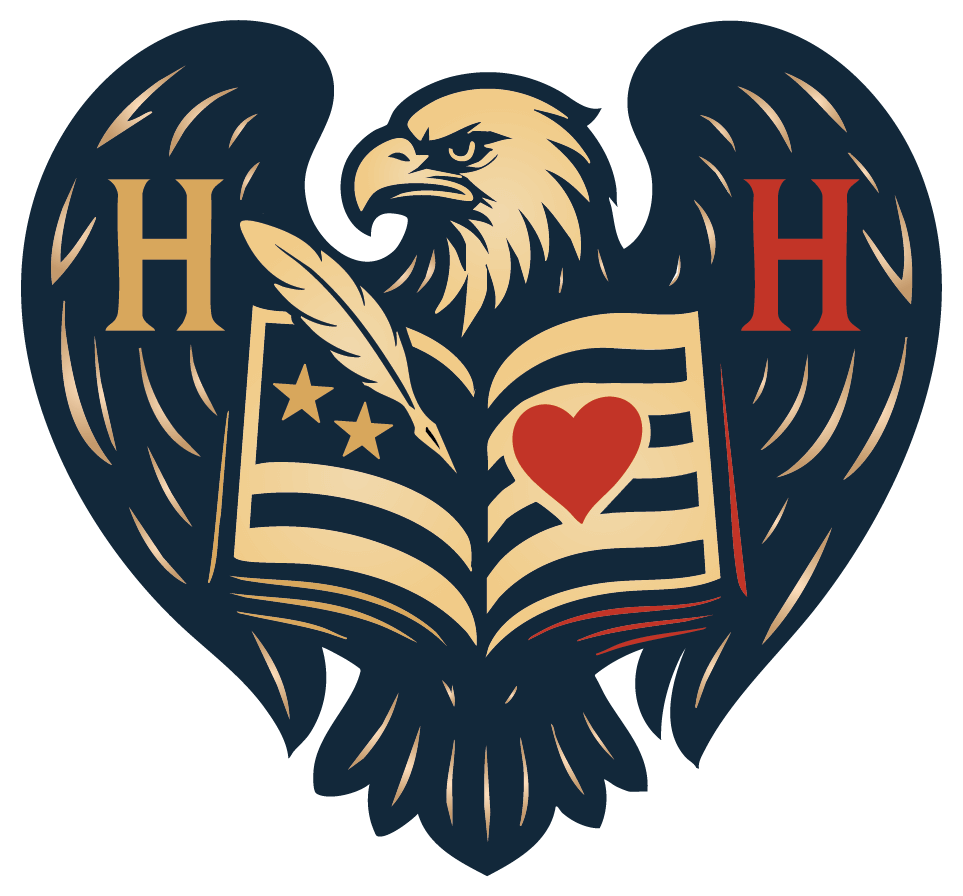



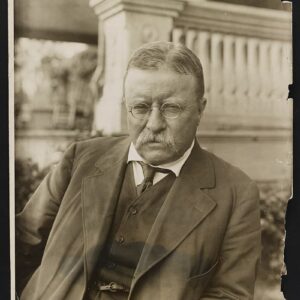



Leave a Reply